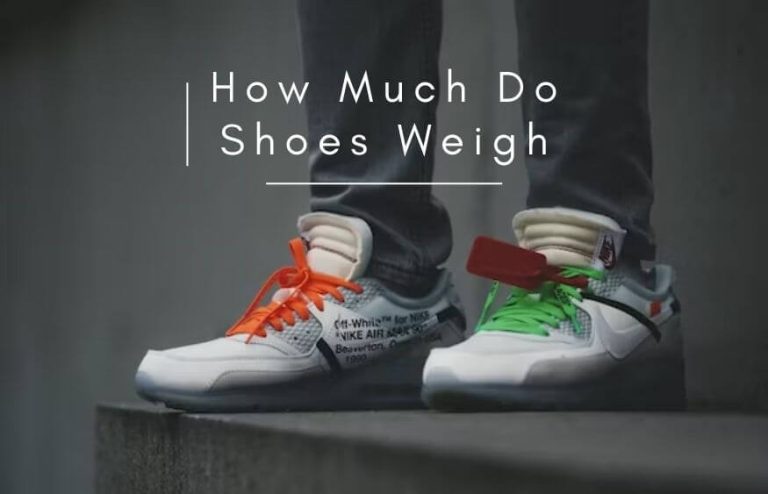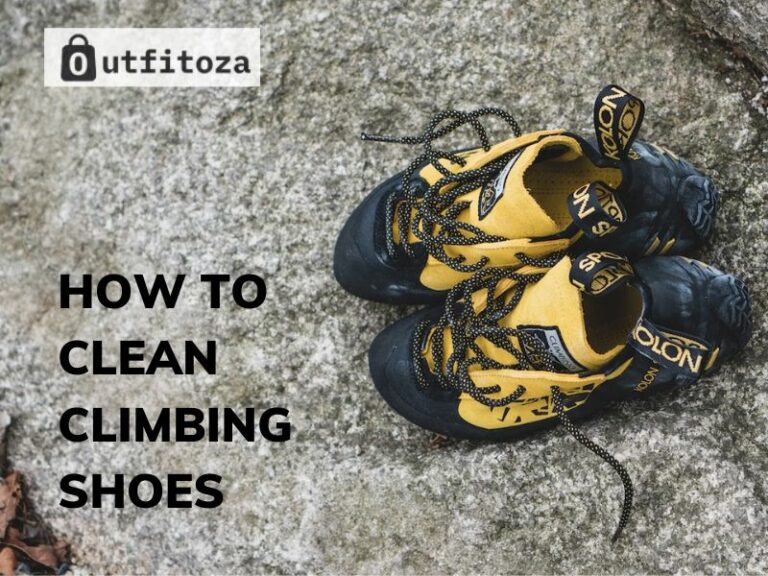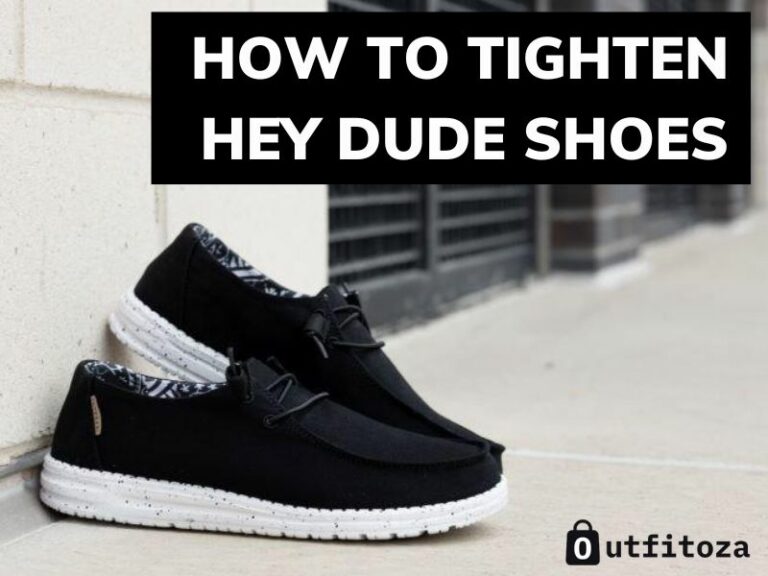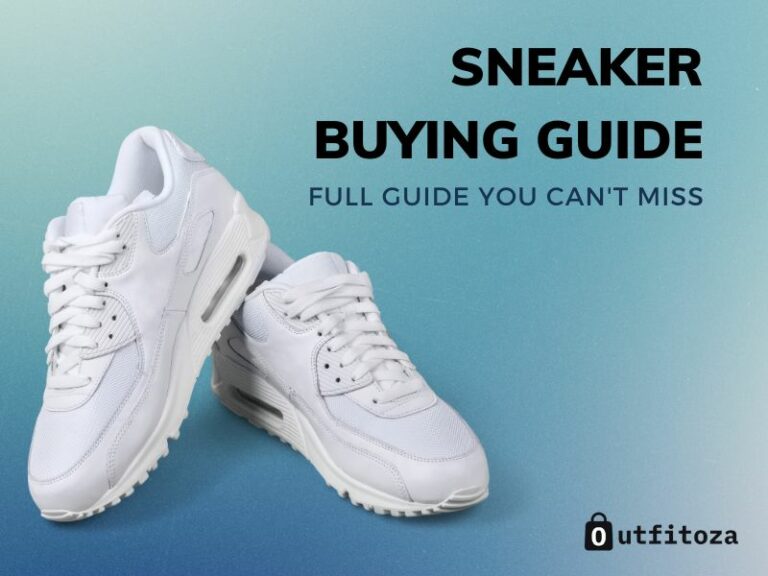Sneaker Size: Tips For Finding Your Perfect Fit
Finding the correct sneaker size might be difficult, but it’s essential to comfort and avoid injuries. Today, we will provide helpful tips for measuring your foot, reading the chart, and selecting the ideal one for specific brands.

How To Know Your Sneaker Size?
Knowing your footwear size is essential to avoid any potential pain or harm. We’ll go through how to measure your foot and the vital components of making sneakers fit so you can choose the right pair.
Factors that make sneakers fit
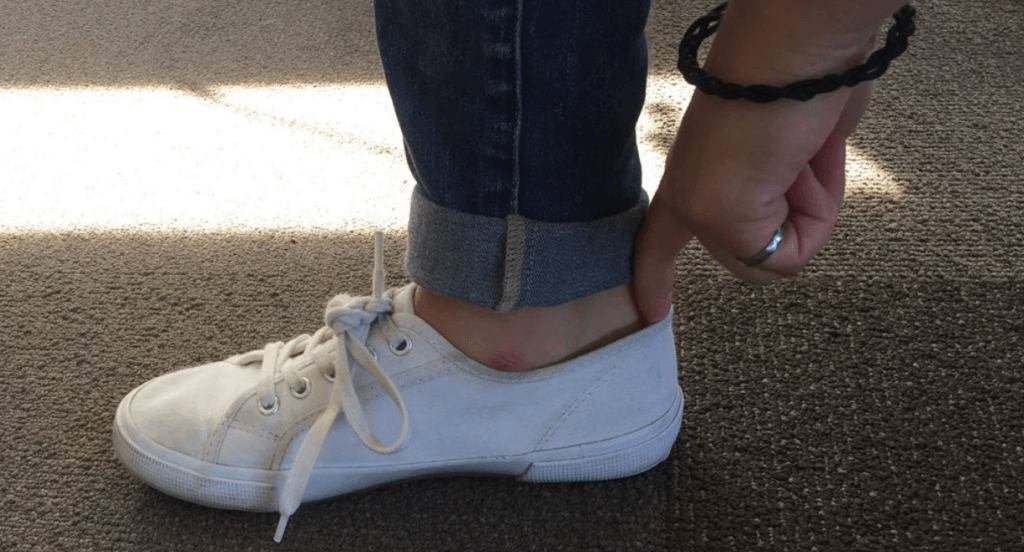
There are a few factors to consider when trying on shoes to find the perfect fit. Sneakers that are too short will be uncomfortable, while those that are too long will easily wrinkle.
Your big toe should be able to move about a thumb’s width forward, and your heel should accommodate a finger without straining. Sneakers too broad or narrow will be uncomfortable, so get a pair that fits snugly but not too tightly.
Thinner socks or a different lacing method can help with volume problems, especially while participating in athletics. Besides, tie your shoes properly to ensure they fit securely but comfortably.
The shoe form and lacing system can all affect how sneakers fit, but you also need to know how to measure your foot.
How to measure your feet
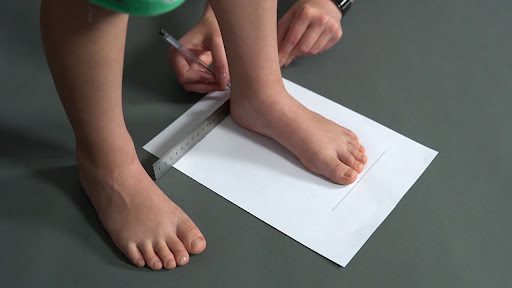
You can figure out your shoe size by laying a piece of paper on the floor and using it to trace the outline of your foot. Whether you’re standing, sitting, or crouching, make sure your foot is parallel to the lines on the page.
Mark the length and width of your foot on the paper using a pen, and then use a measuring tape or a ruler to determine the distance. Your feet will be at their most extensive in the afternoon, so that’s when you should measure them.
Sneaker Sizes Are Different By Brands
Spending much time on your feet requires a supportive and comfortable pair of sneakers. The accuracy of the size chart may vary due to differences in sizing and fits among manufacturers and styles.
We will help you to identify the differences in the fits of prominent brands like Adidas, Nike, Converse, and New Balance.
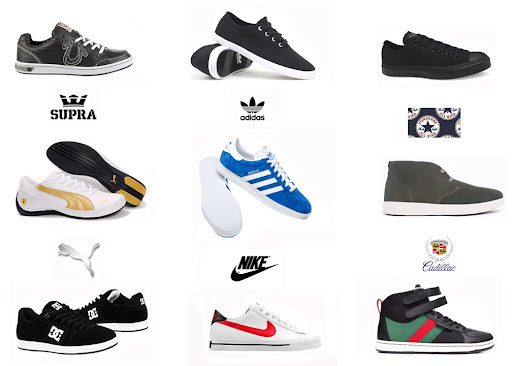
Nike
If you know your shoe size and the Nike sneaker size chart, you can order the same size from this sneaker giant as you would from other retailers. However, you should call your feet a larger one if your feet are expansive. In addition, you should know the differences between men’s and women’s Air Jordans size charts.
Adidas
Unlike sneakers featuring Ultraboost technology, which tend to run small, Adidas typically runs true to size. Furthermore, while the Yeezy 500 and Yeezy 700 are true to size, the Yeezy Boost 350 V2 tends to run a half size smaller than standard Adidas sizing.
New Balance
New Balance sneakers are well known for their resilience and structural integrity. They stock shoes in both standard and wide widths and have specialists on staff to help customers get the best fit. Men’s shoes typically come in a D width (women’s in a B), although you may need to go up or down a size depending on your feet.
New Balance runs a few millimeters bigger than Adidas, so if you’re between sizes, go with the larger one to avoid being trapped in the middle when putting them on.
Other brands
Another famous sneakers manufacturer, Common Projects, uses an EU sizing system that tends to run large; customers should order one size smaller than they usually would. Converse Chuck Taylors and other classic sneakers have a similar sizing problem; try sizing down a full size to get a better fit.
Read more: 9 Best Gym Sneakers For 2023: Improve Your Workouts
What Are The Notes When Choosing A Sneaker Size?
Here are some important notes to remember when selecting your perfect shoe size.
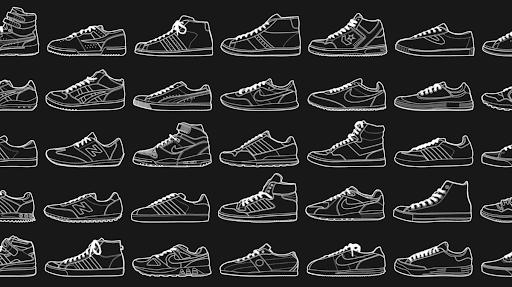
Always measure both feet
Each foot should be measured separately due to possible size differences. The larger size should be purchased if one of the wearer’s feet is slightly larger than the other.
Check the brand’s size chart
Remember to check the sneakers manufacturer’s sizing guide before making a purchase.
Consider the type of socks you’ll be wearing
Potentially, you’ll require a larger size to accommodate the thicker socks you wear.
Consider the activity you’ll be doing
Selecting a few inches larger than usual will help you move freely in high-impact exercises.
Walk around in the sneakers
Before buying a new sneaker, remember to try it on and walk around in them to ensure they’re comfortable and not too tight. Your feet may swell a little bit throughout the day, so it’s best to try them on later in the day if you can
Consider the shape of your foot
The shape of your foot can impact how sneakers should fit. It’s vital to get shoes that fit tightly but remember that some people have naturally broader or narrower feet than others.
Read more: 7 Best Volleyball Sneakers: Top Picks For Performance (2023)
Conclusion
The right sneaker size is crucial for comfort and foot health. By consistently measuring your feet and considering the brand’s sizing system and the other advice mentioned above, you can get the proper size every time and get a great deal out of your sneakers.
FAQs
- What is the most popular sneaker size for men?
According to many sales and survey data sources, men's sneaker size 10.5 is the most common. However, this may change based on the country, manufacturer, and design. Measure your foot and try on various sizes to find the one that fits you best.
- Should sneakers be a size bigger?
When purchasing sneakers, there is no need to size up. Shoes should be chosen that fit snugly but not too tightly. Buying a larger size increases the risk of blisters and sprains.
- Should I choose the same size for sneakers and sandals?
It is dependent on the make and model of the footwear. Take your foot measurements and consult the brand's size guide before purchasing. Some manufacturers use a different sizing system for their sandals and sneakers, while others use the same.


